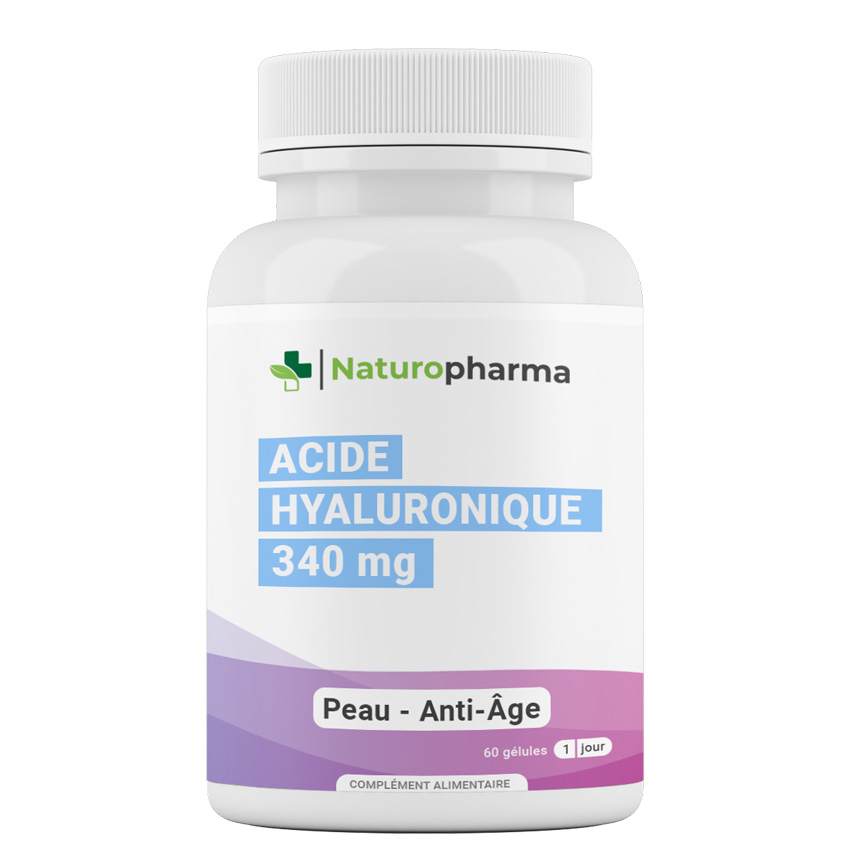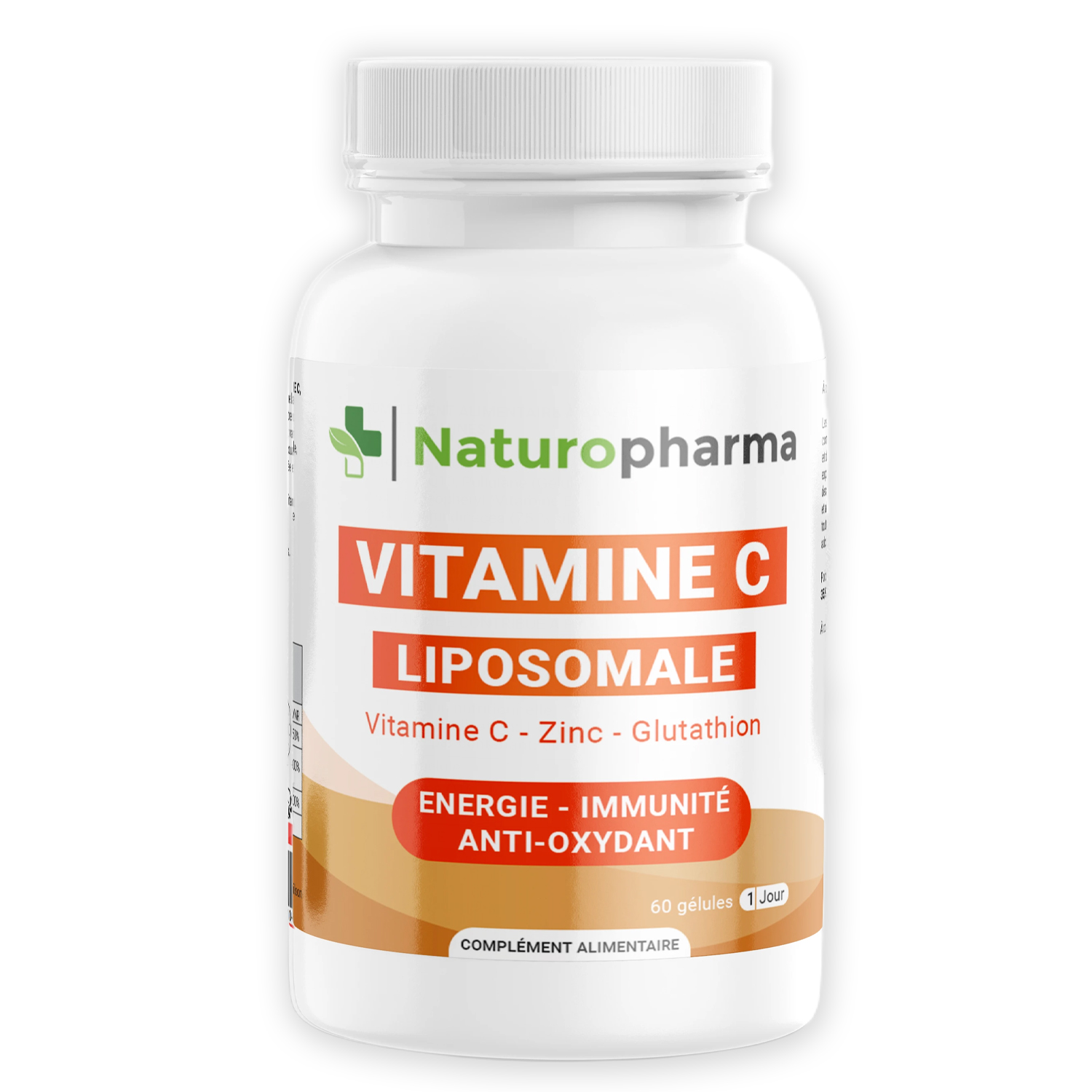The origin and history of white stock
White stock, also known by its Latin name Verbascum thapsus, is a flowering plant belonging to the Scrofulariaceae family. Native to Europe and Asia, this plant is now widespread throughout the world. It is often considered a weed, but it has many medicinal properties that make it a popular dietary supplement.
White broth has been used for medicinal purposes for centuries. The ancient Greeks and Romans already used this plant to treat many ailments, including respiratory diseases and intestinal problems. In the Middle Ages, it was also recommended for relieving joint and muscle pain.
Nutritional composition of white stock
White broth is rich in mucilage, a gelatinous substance that may have soothing properties for the throat and respiratory tract. This makes it a popular ingredient in cough syrups and throat lozenges. It also contains compounds called saponins, which may have anti-inflammatory and anti-bacterial effects.
In addition to these beneficial compounds, white stock is also a source of vitamins and minerals. It contains significant amounts of vitamins A, C and E, as well as minerals such as iron, potassium and zinc.
The benefits of white broth
1. Cough and sore throat relief
Thanks to its mucilage content, white broth can be effective in relieving the symptoms of coughs and sore throats. By forming a protective coating in the throat, it can reduce the irritation and pain caused by these conditions. Studies have shown that white broth can be as effective as over-the-counter medicines in relieving coughs and sore throats.
2. Improved respiratory health
White broth has traditionally been used to treat respiratory problems such as asthma, bronchitis and congestion of the airways. The anti-inflammatory and decongestant properties of this plant can help reduce inflammation and improve breathing. What's more, the saponins present in white broth can help fight respiratory infections.
3. Beneficial effect on the skin
Because of its antibacterial and anti-inflammatory properties, white broth can also be used topically to treat skin conditions such as eczema, acne and minor burns. It can reduce inflammation and help kill the bacteria responsible for these skin problems.
4. Relief from joint and muscle pain
White broth can also be beneficial for people suffering from joint and muscle pain. Its anti-inflammatory properties can help reduce the inflammation that causes such pain. What's more, its analgesic properties can help relieve pain.
5. Relaxing and sedative effects
Because of its calming properties, white broth can be used to help relieve anxiety and insomnia. It can also be useful for relieving headaches caused by stress and tension.
Using white stock as a dietary supplement
White broth is available as a dietary supplement in various forms, including capsules, powder and tincture. It is often combined with other beneficial ingredients to treat specific problems.
It is advisable to follow the instructions on the product label or consult a healthcare professional to determine the appropriate dose for your specific needs.
Warnings and side effects
Although white broth is generally considered safe, it can cause side effects in some people, including headaches, nausea and allergic reactions. It's also important to note that white broth can interact with certain medications, so it's advisable to consult a healthcare professional before using it.
In a nutshell
White broth is a plant that has been used for centuries for its medicinal properties. Thanks to its content of mucilage, saponins, vitamins and minerals, it can offer numerous health benefits, including relief from coughs and sore throats, improved respiratory health, skin, joint and muscle pain, as well as relaxing and sedative effects.
It can be used as a dietary supplement, but it is important to follow the instructions and consult a health professional if in doubt or if you are taking medication. With the right precautions, white broth can be a valuable addition to your wellness and health routine. Don't hesitate to discuss it with your health professional to find out more about its potential benefits for your own health.
Sources :
1. Bepaal, U. "Verbascum thapsus L., Bouillon blanc" (2015). https://waarnemingen.be/soort/view/22624
2. Nawrot-Gorzkiewicz, B. "Investigation of the microbiological and chemical composition of Verbascum thapsus L." (2017). https://www.researchgate.net/publication/318021531_Investigation_of_the_microbiological_and_chemical_composition_of_Verbascum_thapsus_L
3. Bouletreau, P. "Efficacy and tolerability of a complex cough syrup in infants and toddlers with acute respiratory infections" (2009). https://www.dovepress.com/efficacy-and-tolerability-of-a-complex-cough-syrup-in-infants-and-toddl-peer-reviewed-article-TCRM











